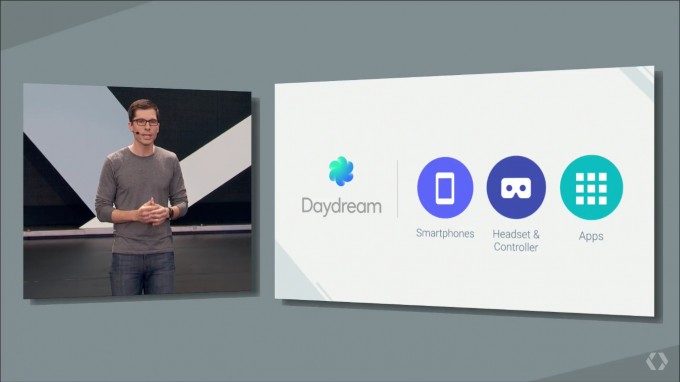Today Google announced the next major step in bringing virtual reality to Android. They’re calling it ‘Daydream’ and it’s the company’s label for high performance virtual reality. Soon, ‘Daydream Ready’ phones from leading manufacturers will enable these high quality experiences through Android.
Google’s VR chief Clay Bavor said on stage at Google I/O 2016 today that major phone manufacturers are creating Daydream Ready Android phones to power the company’s high quality mobile VR experiences.
Google listed eight phone manufacturers which is says are working on Daydream Ready VR phones, noting that several of them would launch this fall:
- Samsung
- HTC
- LG
- Mi
- Huawei
- ZTE
- Asus
- Alcatel
Google says these Daydream Ready phones will have features like high resolution screens, high performance sensors, and displays with low response times. By all accounts, it seems that Daydream Ready VR phones will enable a new level of VR performance on Android, likely on par with Gear VR.
It’s particularly interesting to see Samsung at the front of Google’s list of Daydream Ready phone manufacturers. Samsung of course has their own Gear VR platform—made in partnership with Oculus—which easily leads in mobile VR performance. It’s unclear how the Daydream and Gear VR ecosystems will co-exist, but Samsung’s involvement in Daydream makes it seem like both companies are willing to play ball.
We expect to hear much more about exactly what specifications need to be met for an Android phone to be considered Daydream Ready at tomorrow’s VR session at Google I/O 2016. Stay tuned.








